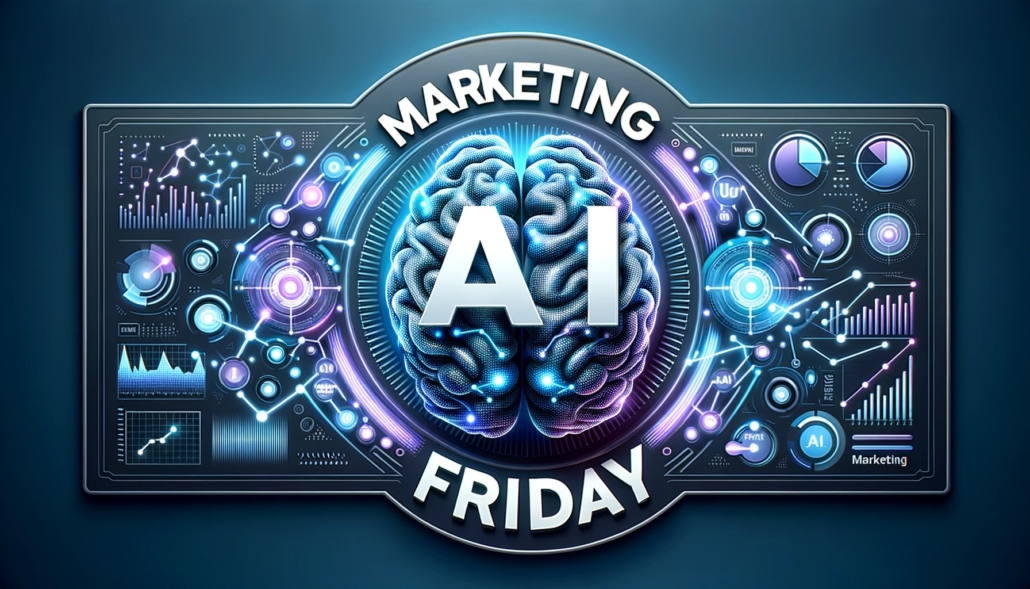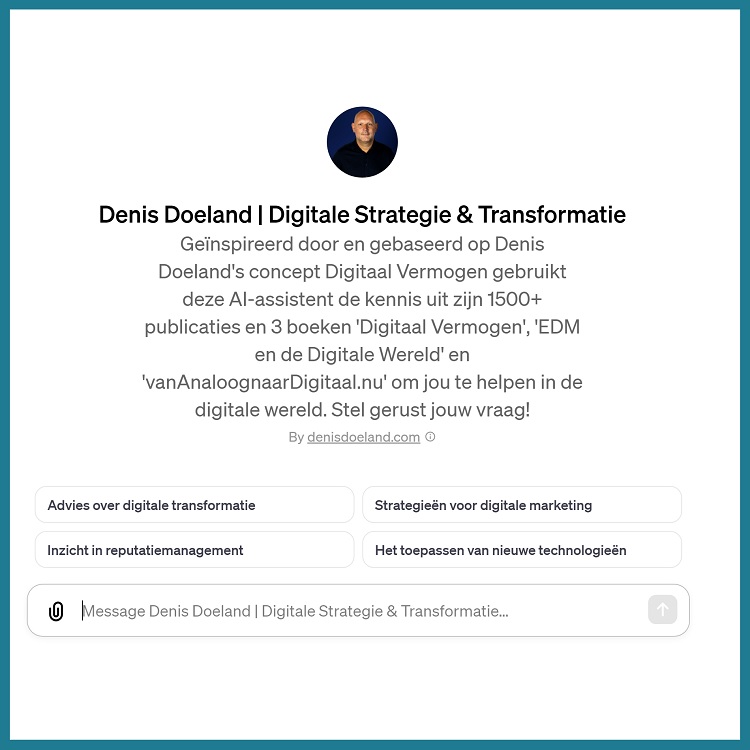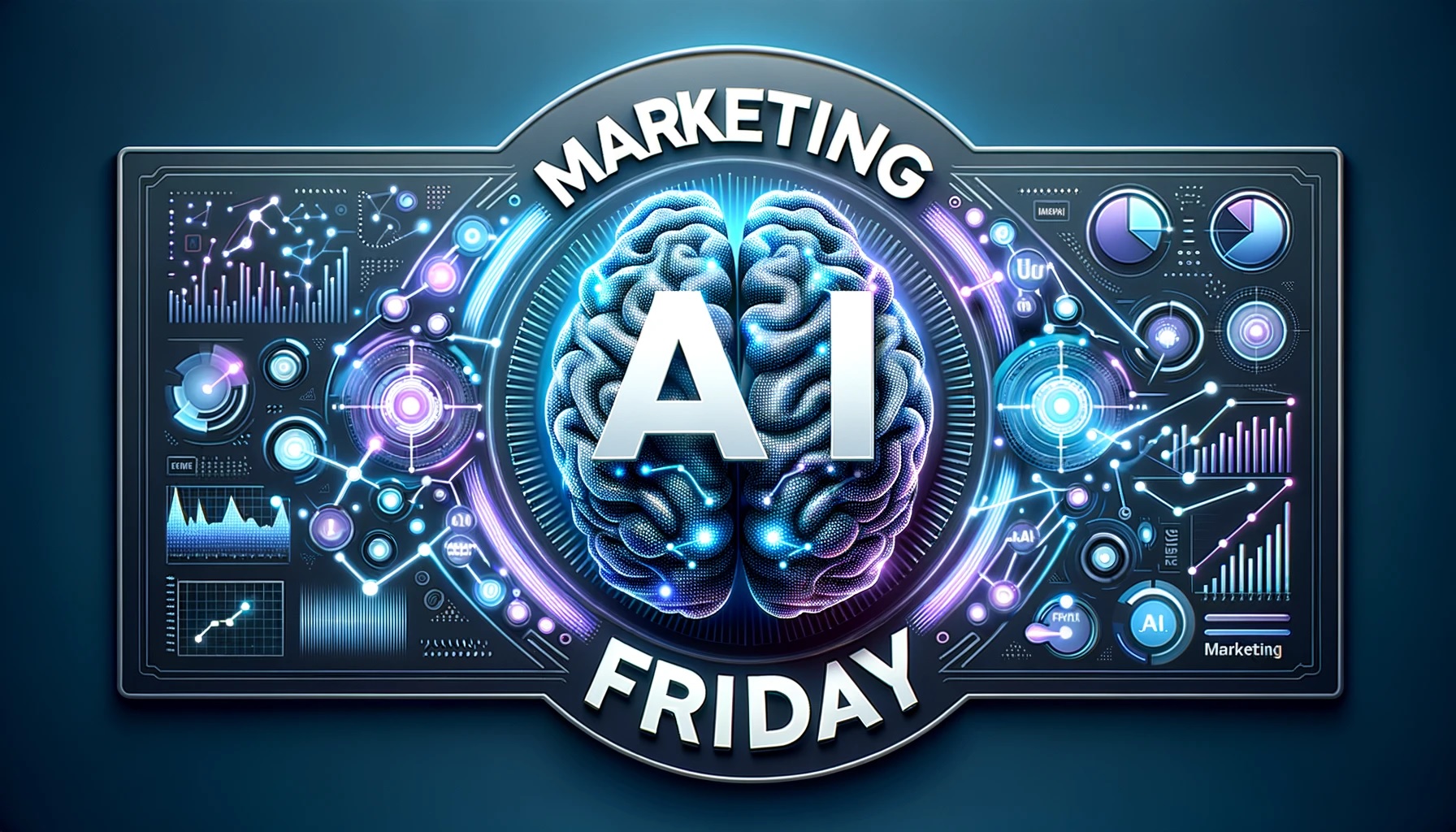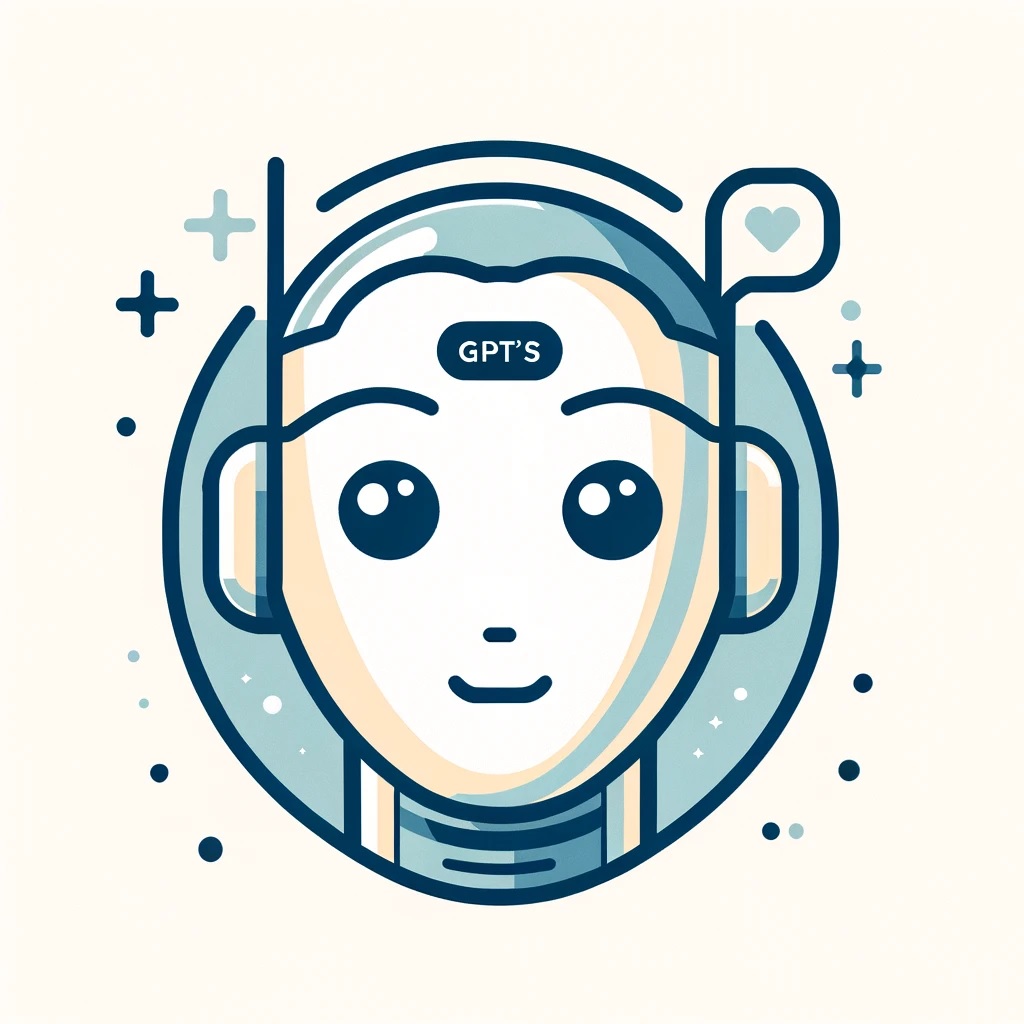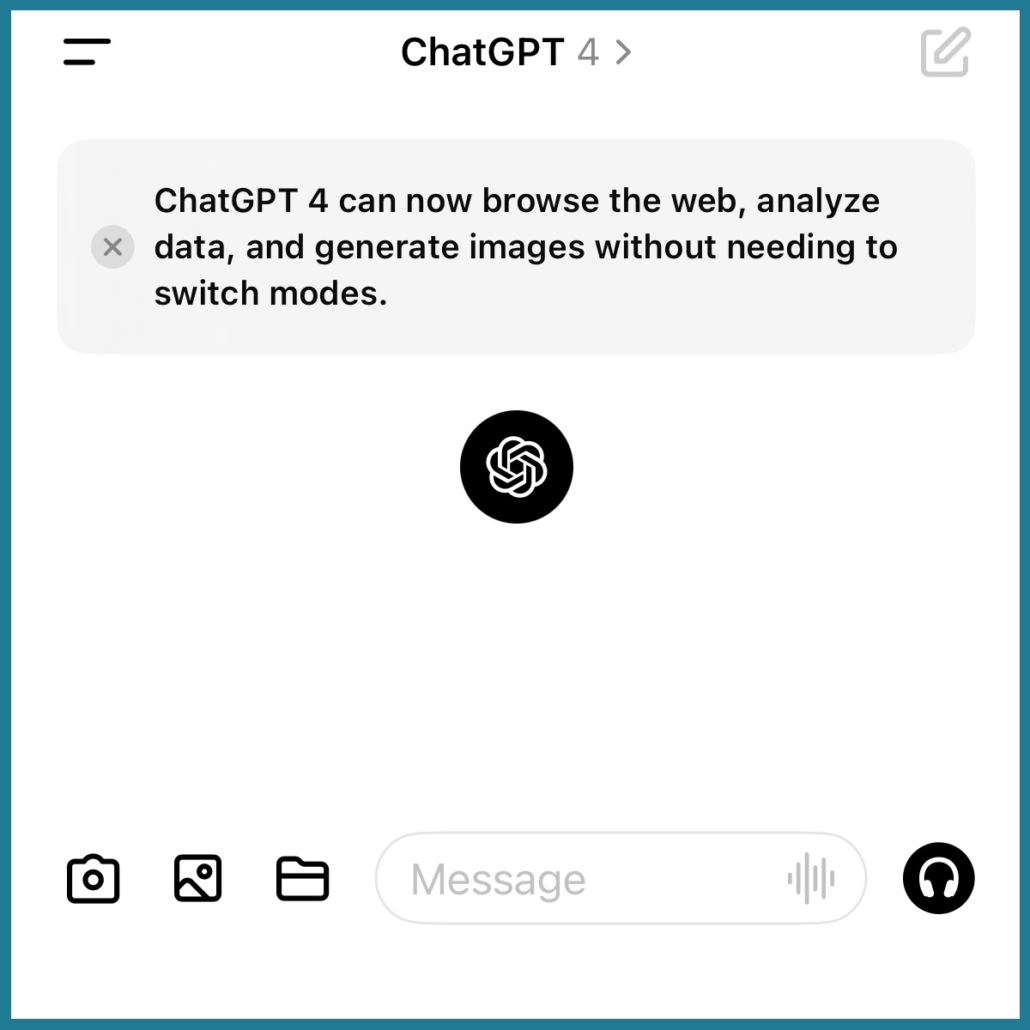If you are familiar with AI, you have undoubtedly come across the term GPT. GPT stands for Generative Pre-trained Transformer and is considered one of the biggest breakthroughs in artificial intelligence in recent years. But what exactly does GPT mean and how can you use it effectively within marketing AI?
What is GPT?
GPT is a type of AI model that can respond to prompts based on huge amounts of data it has analyzed and learned. The term Pre-trained means that the model has been pre-trained on huge data sets, such as books, articles and Web pages to recognize patterns in language. This allows GPT to understand context and provide output that is content relevant and correct.
The term Transformer refers to the architecture of the model. Transformers use a technology that allows AI to quickly and efficiently process large amounts of text and understand the relationships between words, sentences and paragraphs. This is a great leap forward from previous AI systems that had more limited features.
How does GPT work?
GPT works by making predictions based on previous words in a sentence. For example, the model can finish a text, answer questions or write a story, all based on the context it is given. This is done through deep learning, a type of machine learning in which the model gets smarter and smarter as it processes more data. This allows GPT models not only to combine words, but also to understand what kind of answers are logical and relevant in a given context.
The current generation, such as GPT-4o, has been trained on billions of words and therefore has developed the ability to deliver impressive results in applications such as chatbots, text creation, translation, coding and more.
What are the applications of GPT?
GPT has a wide range of applications, both in business and creative industries. Here are some of the main applications:
- Content creation: Companies can use GPT as a tool for creating texts, captions or other forms of content. It is important to be keen on quality. This is why we have introduced AI colleagues for content writing and captions.
- Customer service: GPT models are used in customer service systems, such as chatbots, to quickly and accurately answer customer questions.
- Translations and language support: GPT also helps with translations, by automatically and accurately translating texts between different languages. In this, it is also important to pay attention to nuances and ambiguities.
- Research and analysis: GPT can analyze large amounts of data and create summaries of complex topics, which is useful in business.
GPT and the future of AI
The development of GPT models has paved the way for numerous new innovations within artificial intelligence. These models have demonstrated that AI is not only suitable for technical tasks, but can also be used for creative work and complex projects. As GPT models continue to evolve, as is already in full swing, we can expect even more advanced AI models in the future that will enable new applications.
We have written an article where we further discuss the future of AI, if you want to know more about it.
Take a leap forward in your marketing AI transformation every week
Every Friday, we bring you the latest insights, news and real-world examples on the impact of AI in the marketing world. Whether you want to improve your marketing efficiency, increase customer engagement, sharpen your marketing strategy or digitally transform your business. 'Marketing AI Friday' is your weekly guide.
Sign up for Marketing AI Friday for free.
